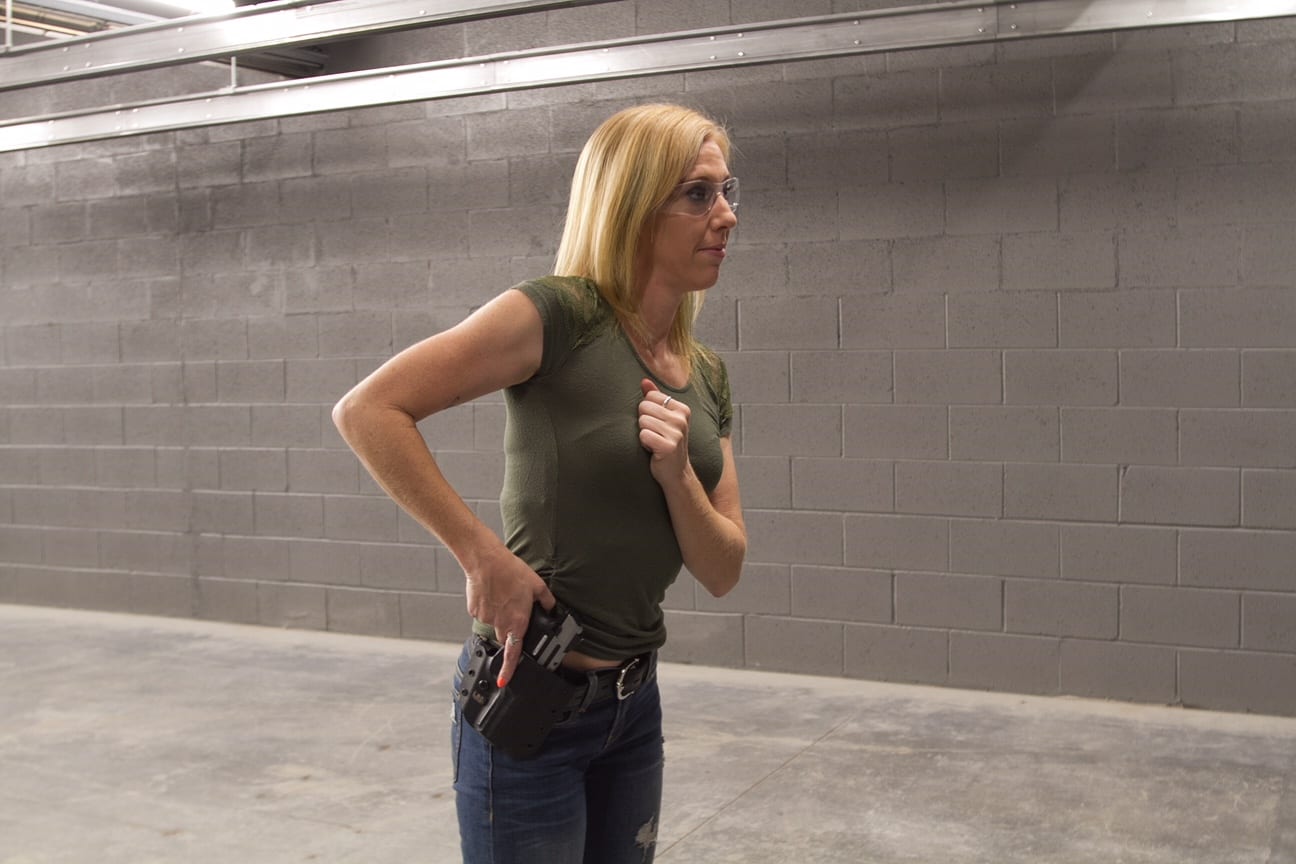In the world of concealed carry, few topics spark more heated debate than the concept of Condition 3 carry—that is, carrying a semi-auto pistol with a loaded magazine but an empty chamber. It is often associated with Israeli defensive doctrine, hence the name: “Israeli Carry.”
Let us unpack it—pros, cons, myths, and realities. And if you are picturing tactical beards and Krav Maga roundhouse kicks, relax. This is about practicality and survivability, not movie stunts.
What Is “Israeli Carry”?
The Israeli method teaches carrying a semi-automatic pistol with no round in the chamber. Draw, rack, fire. The training focuses heavily on speed-racking during the draw stroke—burned into muscle memory through endless reps.
The idea? Safety first. Particularly in densely populated environments, or among conscripts with varying levels of firearms experience, Israeli military doctrine prioritized minimizing negligent discharges over shaving milliseconds off draw time.
Why People Choose It
- Safety Margin – Carrying without one in the chamber gives some new or uneasy carriers a bit of psychological buffer. For those worried about a negligent discharge, this style may feel like a safer entry point into daily carry.
- Simple Manual of Arms for High Turnover Forces – Israel’s military service model means lots of 18-year-olds with pistols they did not grow up with. An empty chamber helps reduce incidents during training, patrolling, or clearing weapons in a hurry.
- Cultural/Environmental Context – In Israeli settings, it is assumed you may be walking through sensitive zones, hugging your kids, or standing in an elevator shoulder-to-shoulder with civilians. An extra layer of “inert weapon” between you and an accidental bang might be worth the half-second it costs.
Why It Might Be a Bad Idea for You
- Time and Motor Skills Under Stress – Most American CCW scenarios involve close-quarters confrontations that unfold in seconds. Add in adrenaline dump, low light, or your weak hand being occupied, and that extra step to rack the slide becomes a liability, not a safeguard.
- Two Hands Required (Usually) – Racking the slide one-handed is doable (belts, holsters, tables), but not ideal when seconds count. A condition 1 carry—round in the chamber, safety engaged or trigger-safe—puts your pistol in fight mode immediately.
- Modern Guns Are Safer Than Ever – Today’s striker-fired and double-action pistols are engineered to not fire unless the trigger is fully engaged. Holster properly, do not finger the trigger, and the gun is as safe loaded as it is empty.
- You May Not Be Israeli – And that is not just about nationality. It is about context. Israeli forces train hard for Condition 3, and they do it within a system that assumes they will be moving in teams, possibly armed with rifles, and in a threat-dense area. That does not translate directly to your solo walk through the Costco parking lot.
The Middle Ground: Know Thyself and Train Accordingly
If you are a brand-new CCW holder and nervous about carrying with one in the chamber, it is okay to start where you are comfortable—but it should not be where you stay. With proper dry fire and range training, you can develop the safety habits and confidence to carry in a more combat-ready condition.
At C2 Tactical, we train CCW students to carry how they live—but we also train for reality. We cover both Condition 1 and Condition 3 draw strokes, show the time differences under pressure, and give you tools to decide what’s right for your life.
Bottom Line
Israeli Carry is not wrong. It is contextual. It is smart in some environments, less so in others. If you are going to carry that way, train like your life depends on your draw stroke—because it just might.
And if you are looking to push your skills, challenge your assumptions, and carry like a professional—not just a permit holder—come see us at C2. We will help you get ready for whatever the real world throws at you.

